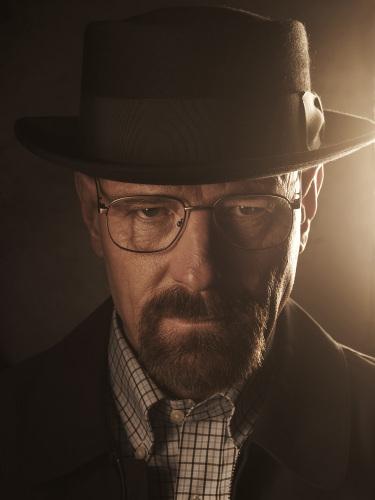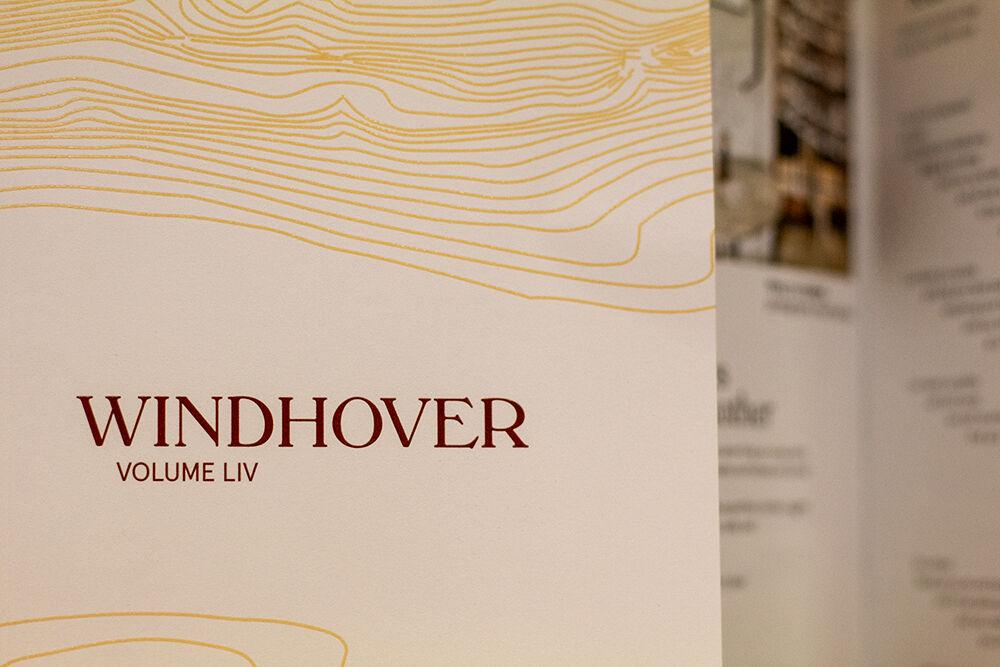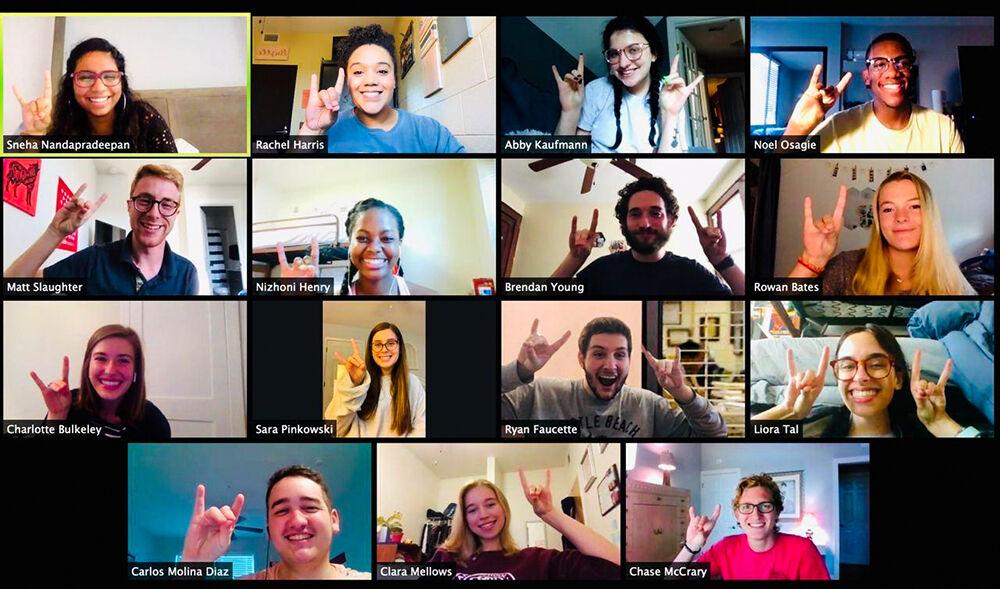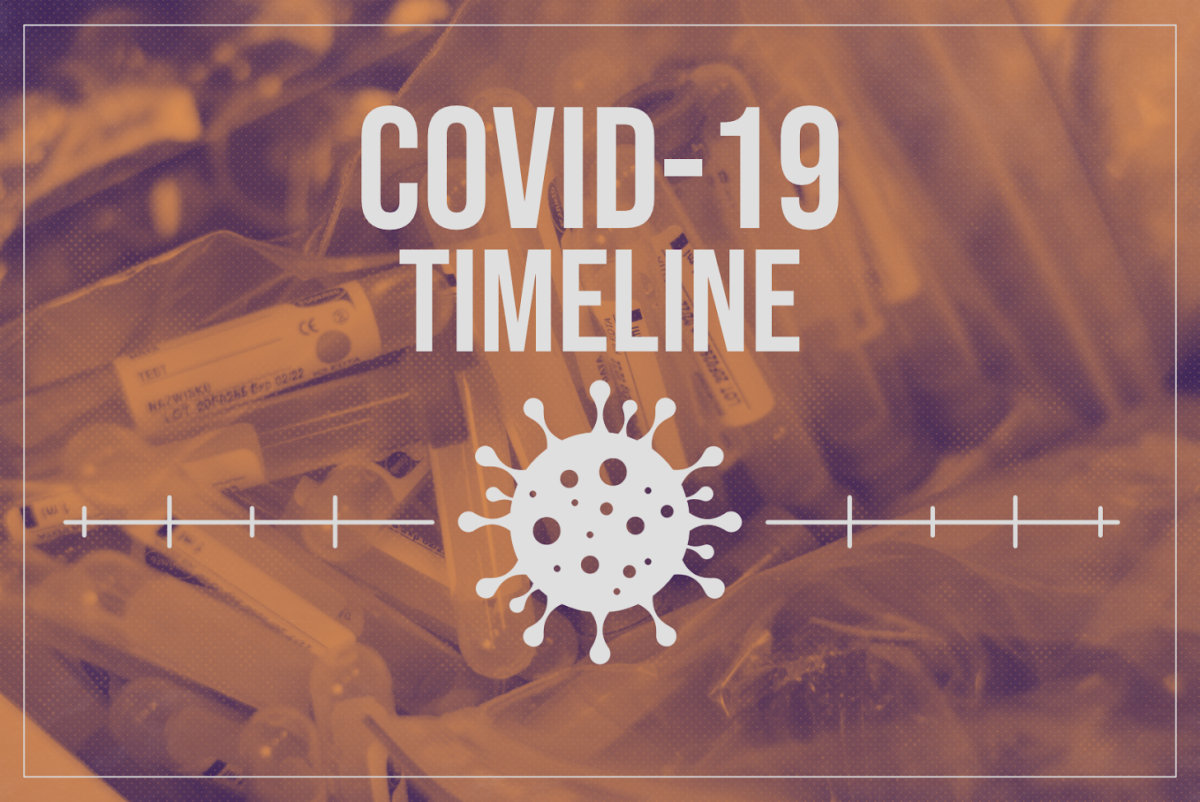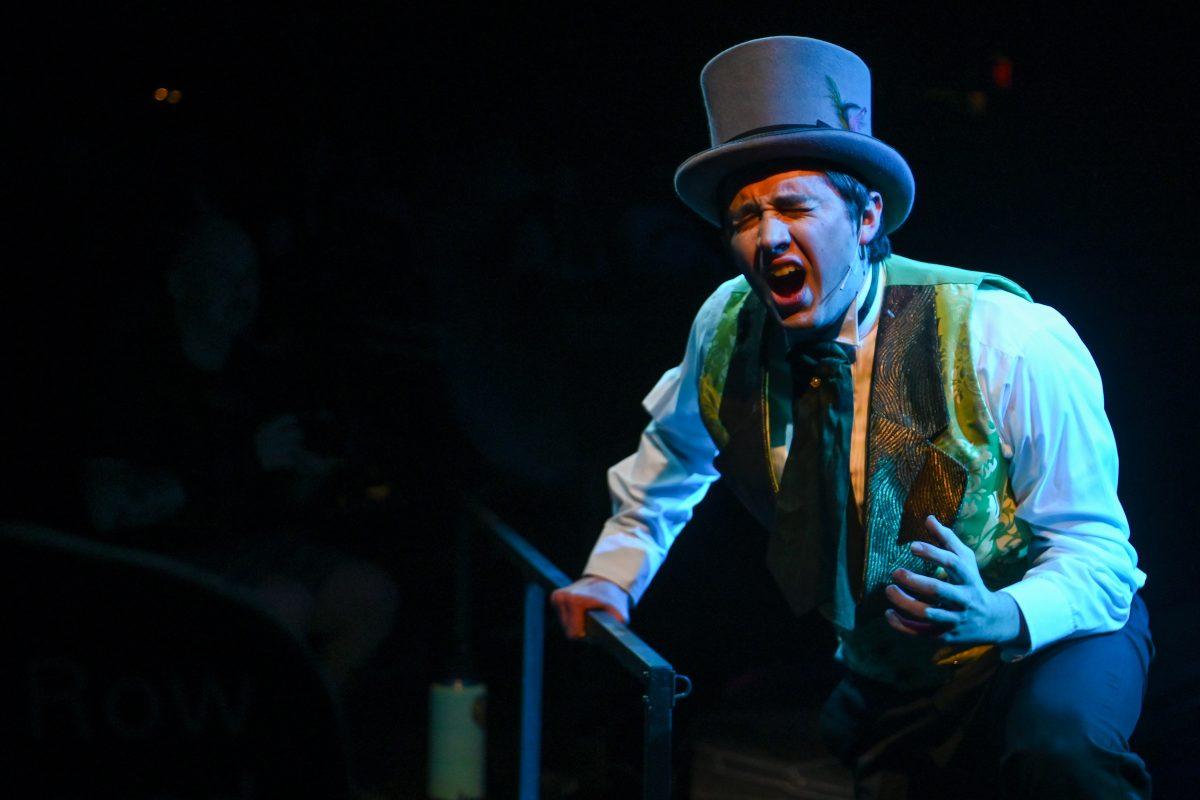More than 10 million viewers tuned in to the much-anticipated finale of Breaking Bad last Sunday night, according to CBS News. As the epic Walter White saga came to a close, fans said goodbye to what is quite possibly the greatest show ever to air on television.
Since its premiere in 2008, creator Vince Gilligan has captivated audiences with a string of unique and complex characters and an abundance of suspense in each episode. Gilligan and his team of writers have redefined the nature of the medium in a manner that is nearly impossible to duplicate or surpass. Not surprisingly, the finale is as good as one could hope for.
Coming into this episode, there were many unanswered questions and unresolved conflicts, so it begged the question: would this be an open-ended conclusion or a resolute one?
Gilligan’s decision to tie all the loose ends of the story together was not merely a good decision, but a perfect one as the result is flawless.
When we last saw Walt (Bryan Cranston), he had taken the last name Mr. Lambert, which was his wife’s maiden name, and was living in isolation in New Hampshire. Desperate to get his hard-earned drug money to his wife Skylar (Anna Gunn) and son Walt Jr. (RJ Mitte), an idea came to mind after Walt saw his old colleagues being interviewed on Charlie Rose.
Yet in addition to making amends with his broken family, the chemistry-teacher-turned-meth-kingpin must also avenge the death of his brother-in-law Hank Schrader (Dean Norris). With his former partner and student Jesse Pinkman (Aaron Paul) now being held captive by these Neo-Nazis, nothing stood between them and the machine gun in the back of Walt’s car.
Looking back at how the series evolved during the course of its five-season run, its most definitive aspect has always been the development of Walt’s character. Gilligan himself has described it as a “Mr. Chip to Scarface” transformation. Now that the actions of this antihero have destroyed his friends and family, his inevitable demise was the most appropriate way to conclude his story.
When the show first aired, no one could tell where it was going to go—all that was certain among viewers was that it was like nothing they had ever seen before.
Then, as characters such as Gus Fring (Giancarlo Esposito) and Mike Ehrmantraut (Jonathan Banks) became increasingly popular in seasons three and four, it was clear that the show had become the next Sopranos.
Felina, the finale’s title, signifies the outcome of one man’s obsession and how his relentlessness brought about his downfall. While his entrance into the world of crime and drugs began with a single batch of methamphetamine, it ended with Walt being consumed by his inner demons.
Both written and directed by Gilligan, this episode ranks among episodes such as Face-Off and Dead Freight. Watching Cranston’s unforgettable character go from Walter White to Heisenberg to Mr. Lambert, viewers are left mesmerized by the undeniable cleverness of this show in its purest form.
Some fans complained that Jesse’s story was given less closure than expected but to me, Gilligan ended it perfectly. The closing shot of Walt is what defines this episode, and will go down as one of the most pivotal moments in the entire series. For Jesse, we can guess that he goes free and finally has a chance to start over and seek a decent life. Killing Todd (Jesse Plemmons) was clearly depicted as his final act as a criminal.
Describing the significance of this show upon our culture is like trying to assess the impact of figures such as Abraham Lincoln in American history. Breaking Bad is nothing short of greatness, and it has maintained that status from beginning to end. For a pop-culture guru such as myself, I’m eager to see its legacy live on.


